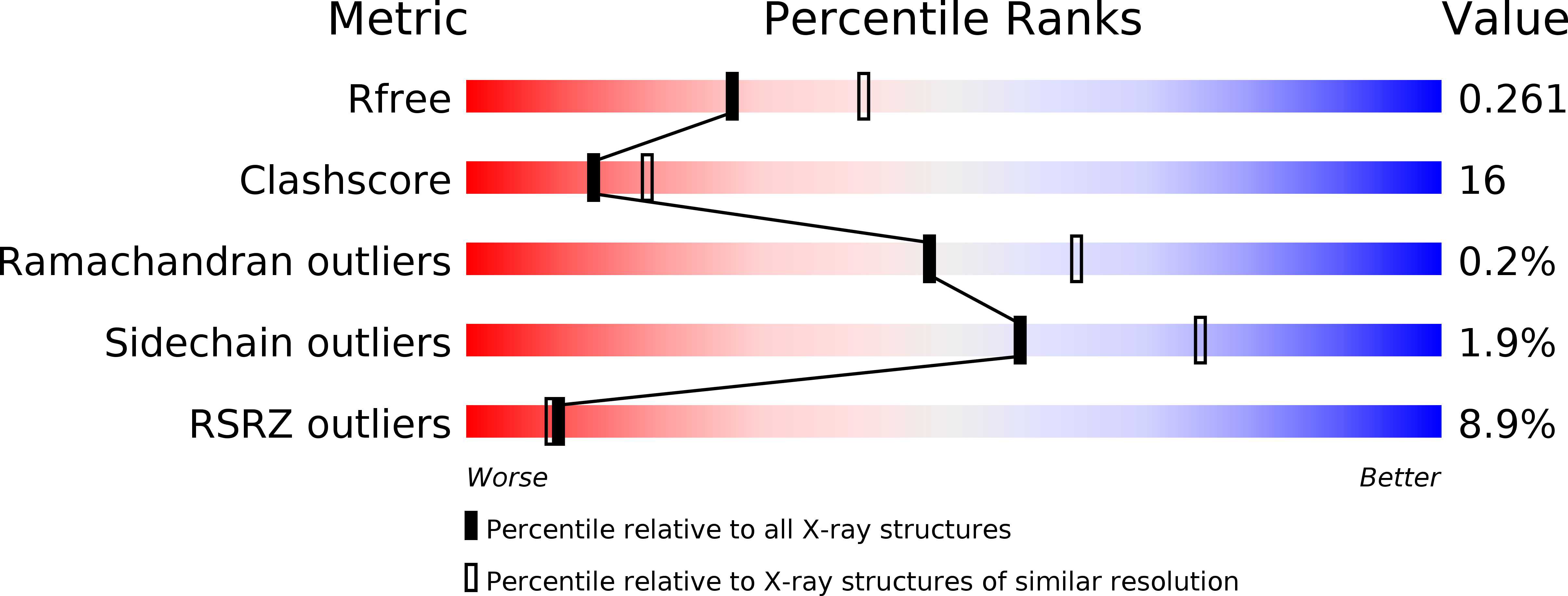
Deposition Date
2005-01-14
Release Date
2005-03-16
Last Version Date
2024-05-08
Entry Detail
Biological Source:
Source Organism:
BRUCELLA MELITENSIS BIOVAR SUIS (Taxon ID: 29461)
Host Organism:
Method Details:
Experimental Method:
Resolution:
2.40 Å
R-Value Free:
0.27
R-Value Work:
0.24
R-Value Observed:
0.24
Space Group:
I 41 2 2


